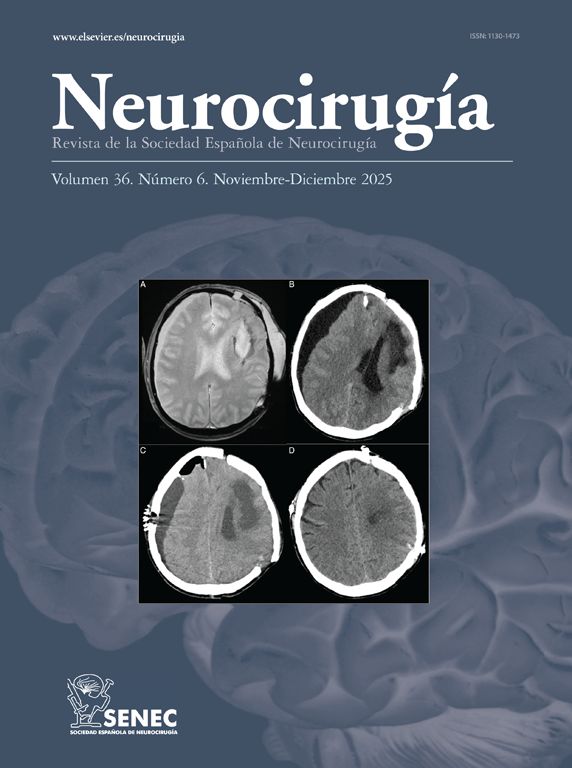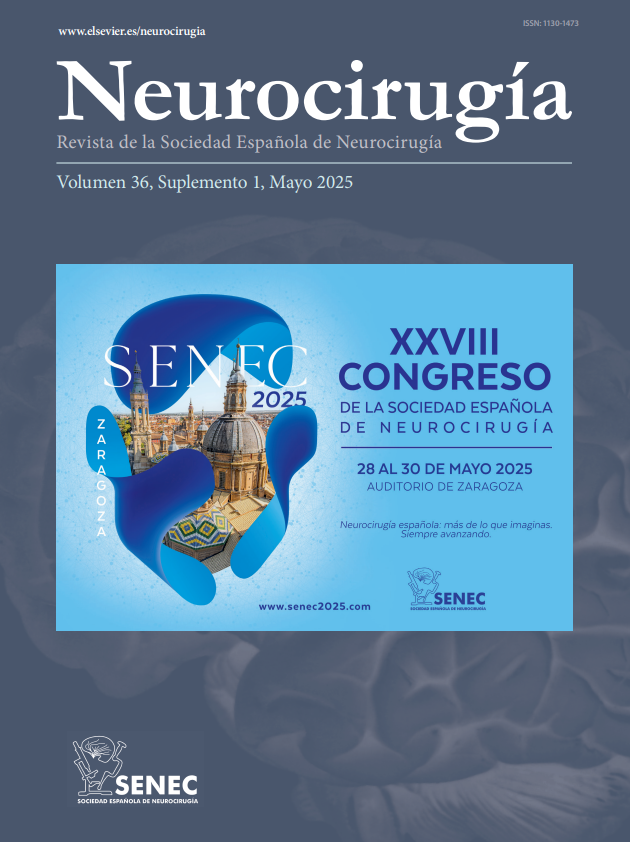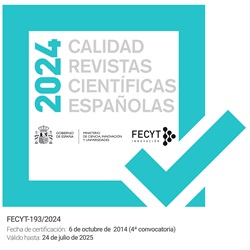O-35 - CORTICAL NEUROPROSTHESES FOR VISION RESTORATION: INSIGHTS FROM THE CORTIVIS PROJECT
Hospital General Universitario, Alicante, Spain.
Introduction: Direct brain-computer interaction has been explored for decades, revealing applications such as sight restoration in the profoundly blind. By directly stimulating the occipital cortex, implantable microelectrodes can induce visual perceptions. Feasibility studies in animals have shown promising results, leading to ongoing trials in blind volunteers.
Objectives: The CORTIVIS project investigates the use of intracortical microelectrodes for a cortical visual prosthesis, aiming to provide a limited yet functional form of vision and improve the quality of life for profoundly blind individuals.
Methods: Blind volunteers undergo implantation of the Utah Array through a precise, robot-assisted surgical procedure. The microelectrode array is placed near the occipital pole, targeting the primary visual cortex. The implantation site is carefully selected following an in-depth anatomical and functional assessment, which includes MRI postprocessing to map cortical structures and transcranial magnetic stimulation (TMS) to identify responsive visual areas. This approach ensures optimal positioning of the array, maximizing its ability to elicit visual perceptions while minimizing surgical risks.
Results: Between October 2018 and December 2024, four blind volunteers underwent occipital electrode implantation as part of the research process. The recruitment phase, including evaluations and surgical preparation, lasted 3-4 months. After implantation, each subject participated in a 6-month study involving electrode recordings and stimulations to assess cortical responses. Over time, volunteers were able to perform simple behavioral tasks based on induced visual perceptions. After the study period, the implant was removed, and the collected data were thoroughly analyzed.
Conclusions: The results obtained so far provide valuable insights into the functionality and efficacy of a cortical visual prosthesis based on intracortical microelectrodes and demonstrate the potential of this approach for restoring visual perception, facilitating object recognition, improving mobility, and improving the overall quality of life for people with visual impairments.






